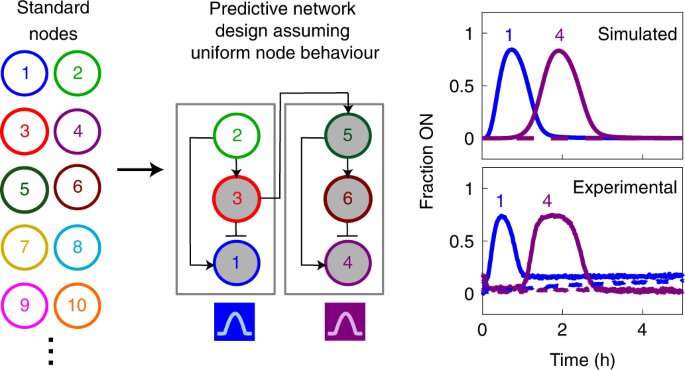
The genes of our bodies regulate how our cells act. If you skin your knee, your genes use a system to send a message to your cells to heal it. A wide variety of new diagnostic, self-healing materials would be possible if scientists were able to create artificial genes that could function inside materials rather than organisms.
The foundation for that work is being laid by a team of engineers led by Rebecca Schulman. Their work was published in Nature chemistry.
The cells use genes to make decisions. The ability to make simple 'genes' that could make decisions on their own could lead to better diagnostics or even provide ways to build new types of soft material robots that are controlled by chemistry.
There are 25,000 genes in the human body, and the chemical interactions that they use to regulate cells have many steps. Researchers have learned that they don't need to recreate every single step of the natural process in order to create synthetic genes that can carry out the same functions. To improve and better predict the behavior of gene analogs, Schulman and her team created a molecular tool kit which includes genelets, and simplified mathematical models that predict how the genelets will behave
The team's simplified genelet system uses DNA, the sum of an organisms genetic information;RNA, which conveys genetic information to the parts of a cell that produce proteins, and a polymeraseidase that degradesRNA. Like natural genes in the body, the Schulman team's system can be adjusted and reset as the environment changes.
She says that one of the challenges is that the components don't always behave the way they're supposed to. There are components that are easy to work with but difficult to control. It's hard to engineer systems that result in what we want.
A mathematical model that assumes all components behave the same way was created by the team. To build a chemical system that followed the predicted model, they identified unwanted reactions and suppressed them by modifying regions of single stranded DNA.
Samuel Schaffter, the lead author of the work, said that most unwanted reactions stem from the polymeraseidase. He is a researcher at the institute.
The team omitted components that deviated from the expected performance after screening them. A library of about 15 genelets with universal standard performance has been created.
These components were used to engineer networks that execute key tasks observed in cells, as well as networks capable of memory. The power of engineering using components with standardized performance was indicated by their results.
One day, self-healing electronics, as well as advanced diagnostics, could be possible with the help of these chemical systems. They hope the toolkit will inspire new applications in other groups. Users can create a simulation of a network and send it to the lab for testing.
"Our goal is to have the only limitation be the researcher's imagination, so we want to make this system as easy as possible for other researchers to use."
More information: Samuel W. Schaffter et al, Standardized excitable elements for scalable engineering of far-from-equilibrium chemical networks, Nature Chemistry (2022). DOI: 10.1038/s41557-022-01001-3 Journal information: Nature Chemistry Citation: A step toward the creation of materials controlled by artificial genes (2022, August 19) retrieved 19 August 2022 from https://phys.org/news/2022-08-creation-materials-artificial-genes.html This document is subject to copyright. Apart from any fair dealing for the purpose of private study or research, no part may be reproduced without the written permission. The content is provided for information purposes only.